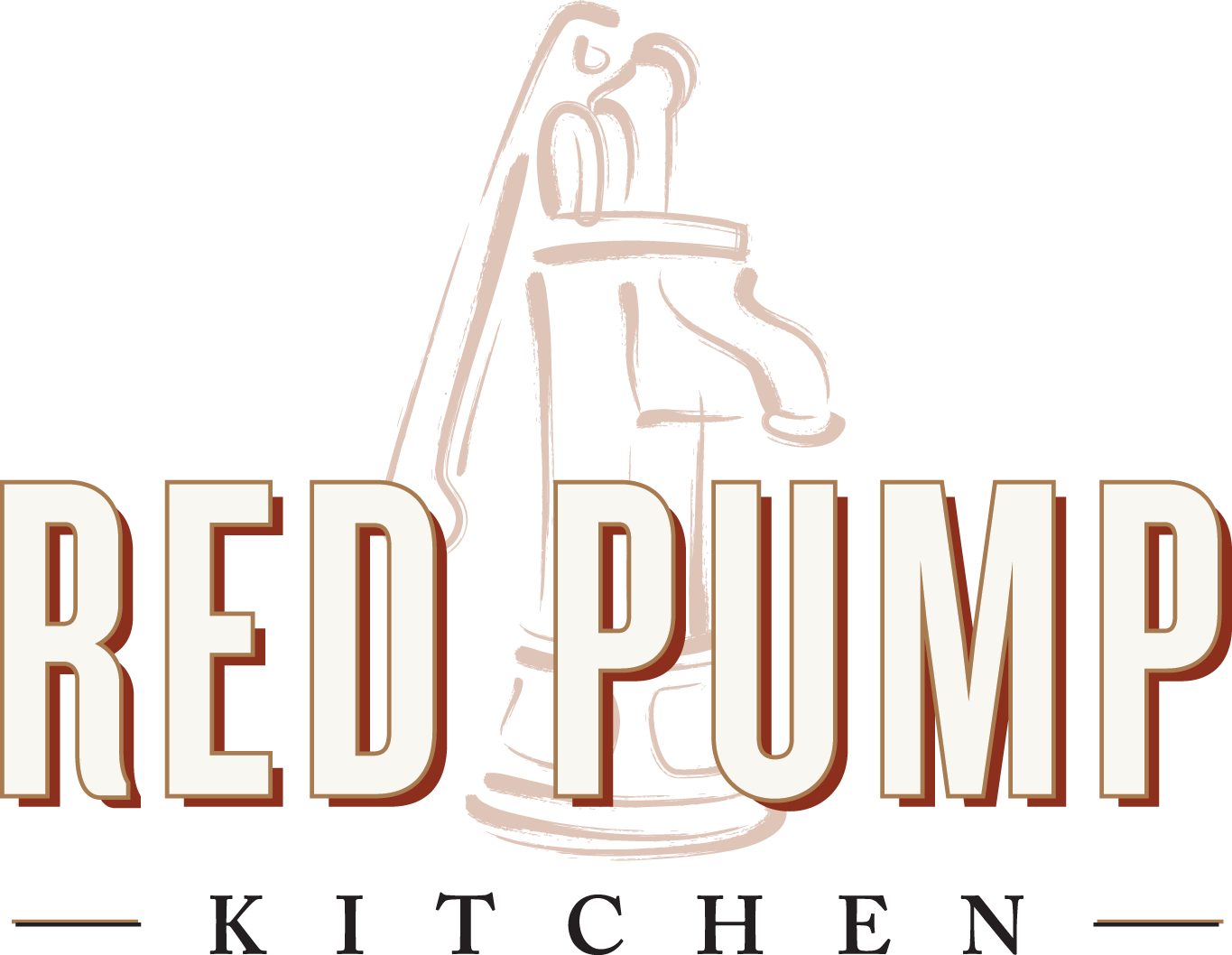
A Thank You from the Team at Red Pump Kitchen
After 9 wonderful years serving the Charlottesville community, Red Pump Kitchen has closed its doors and will no longer be accepting bookings. We express our deepest gratitude for the support of our staff, vendors, partners, and patrons. It has been an honor to be part of your special celebrations and memorable culinary experiences.
We’re pleased to continue hosting you and your guests in 2024 at Pippin Hill for all of your private event needs. Fill out our form below to get in touch with our private events team.